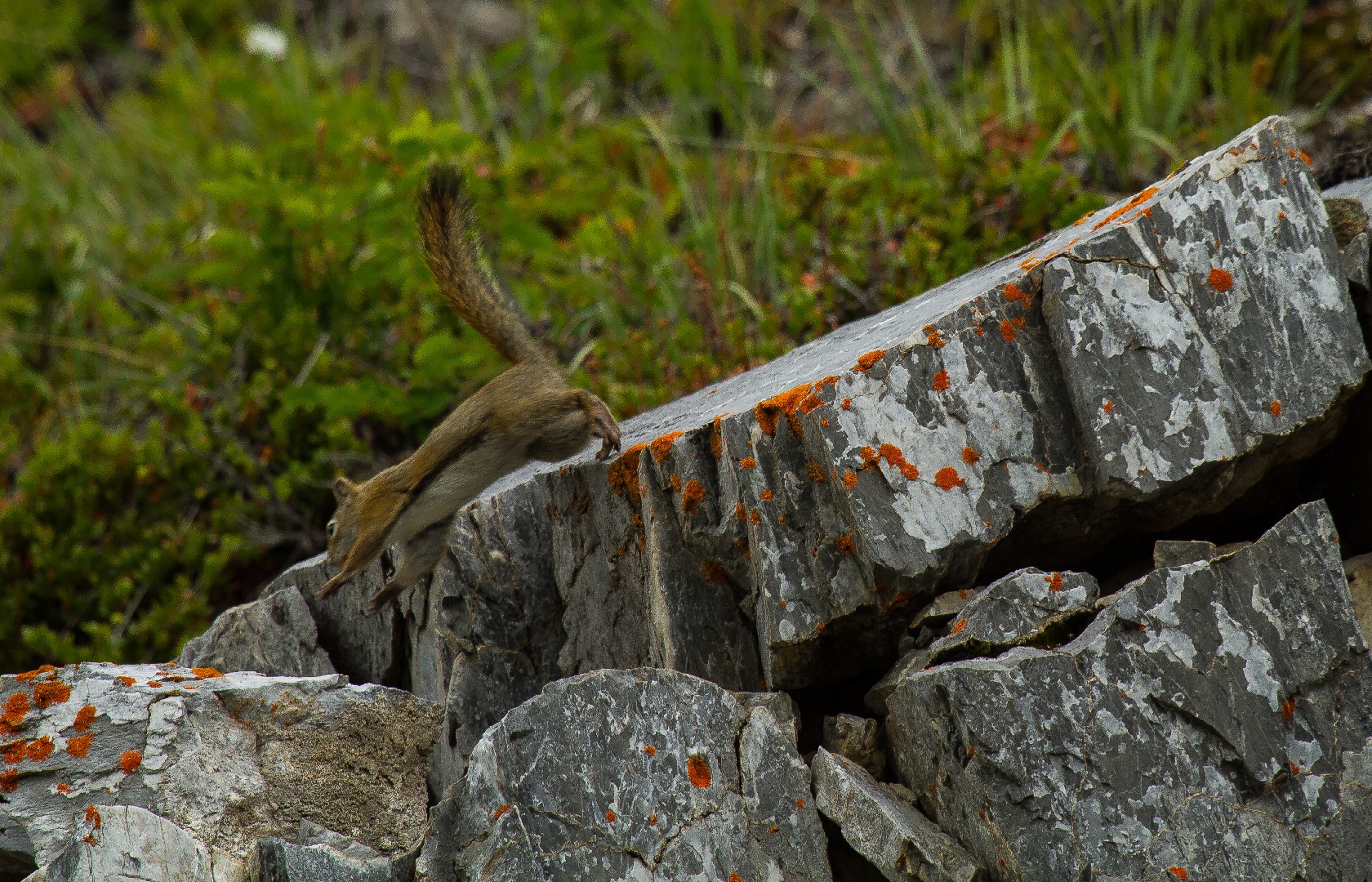American red squirrel
A species of Pine squirrel, Also known as North american red squirrel, Hudson's bay squirrel, Mount graham red squirrel Scientific name : Tamiasciurus hudsonicus Genus : Pine squirrel
American red squirrel, A species of Pine squirrel
Also known as:
North american red squirrel, Hudson's bay squirrel, Mount graham red squirrel
Scientific name: Tamiasciurus hudsonicus
Genus: Pine squirrel
Content
Description People often ask General Info
 Photo By Bo Mertz , used under CC-BY-SA-2.0 /Cropped and compressed from original
Photo By Bo Mertz , used under CC-BY-SA-2.0 /Cropped and compressed from original Description
The american red squirrel is an good climber of the North American coniferous forests, and is more active in the spring and fall, especially in the fall, as it runs to prepare for its winter food. They feed primarily on acorns and hazelnuts, but will also eat other berries, shoots, insects, and mushrooms etc. They are more active in the early morning and evening, and even make sounds that are noisy. As good swimmers, they can swim from one side of the river to the other.
People often ask
General Info
Lifespan
6-10 years
Diet
American red squirrel predominantly feeds on conifer cones, particularly from spruce and pine trees. They also consume tree sap, fungi, insects, bird eggs, and berries, hence showing an omnivorous diet.
AdultSize
Weight around 8 ounces (230g), measure about 20 cm in length
Appearance
The american red squirrel is a generally tiny squirrel weighing on average around 8 ounces (230 g) and measuring about 20 cm in length. The subspecies also has a 15 cm tail. Unlike most other squirrels in its species, the squirrels do not have a white-fringed tail. Both females and males share similar markings and features and are typically grayish brown in color with rusty yellow or orange markings on their backside.
Behavior
Swimming
American red squirrel must acquire a territory and midden prior to their first winter to survive. They can acquire a territory by competing for a vacant territory, creating a new territory or by receiving all or part of a territory from their mothers. Offspring that do not receive a midden from their mother typically settle within 150 m (3 territory diameters) of their natal territory.
They experience severe early mortality (on average only 22% survive to one year of age). The survival probability, however, increases to age three, when it begins to decrease again. Females that survive to one year of age have a life expectancy of 2.3 years and a maximum lifespan of eight years.
Reproductive behavior
American red squirrels are spontaneous ovulators. Females enter estrus for only one day, and on the day of estrus, females are chased by several males in an extended mating chase.
Gestation has been reported to range from 31 to 35 days and they produce one or two litter per year. Litter sizes typically range from one to five, but most litters contain three or four offspring. Offspring are pink and hairless at birth. They first emerge from their natal nests at around 42 days, but continue to nurse until approximately 70 days.
Population
Stable
Scientific Classification
Phylum
Chordates Class
Mammals Order
Gnawing mammals Family
Squirrels Genus
Pine squirrel Species
American red squirrel